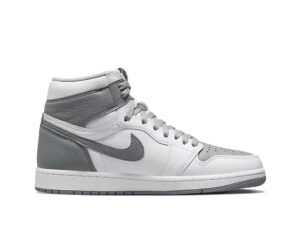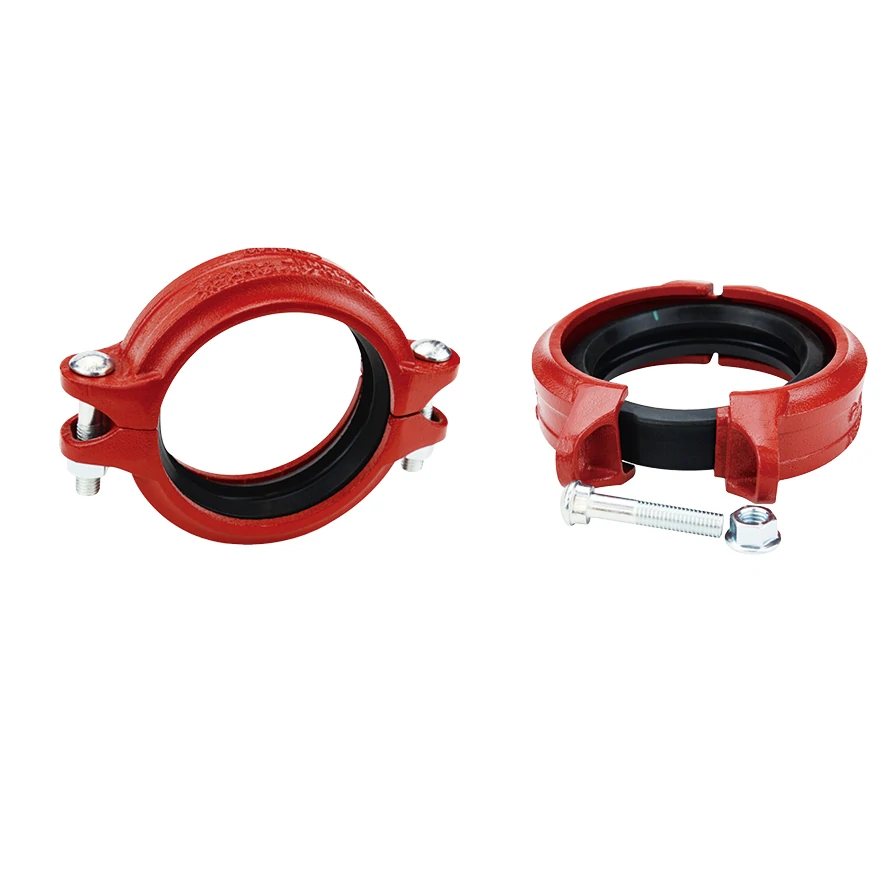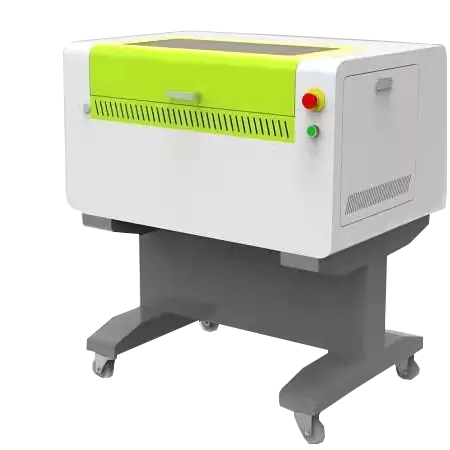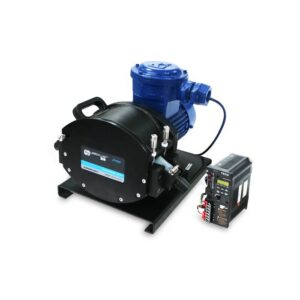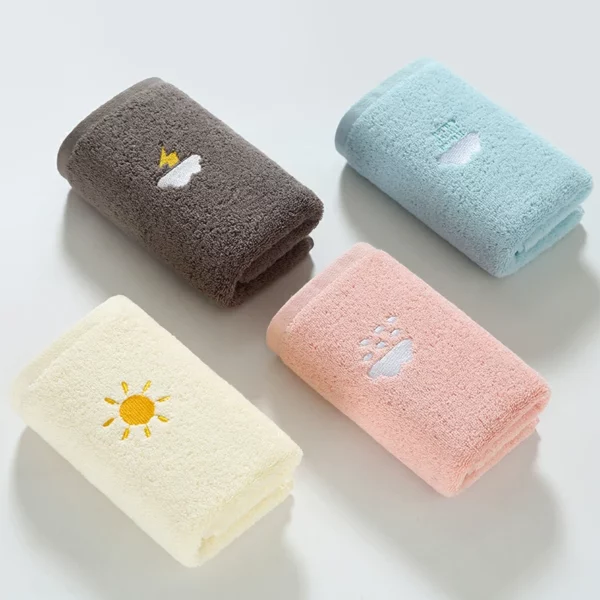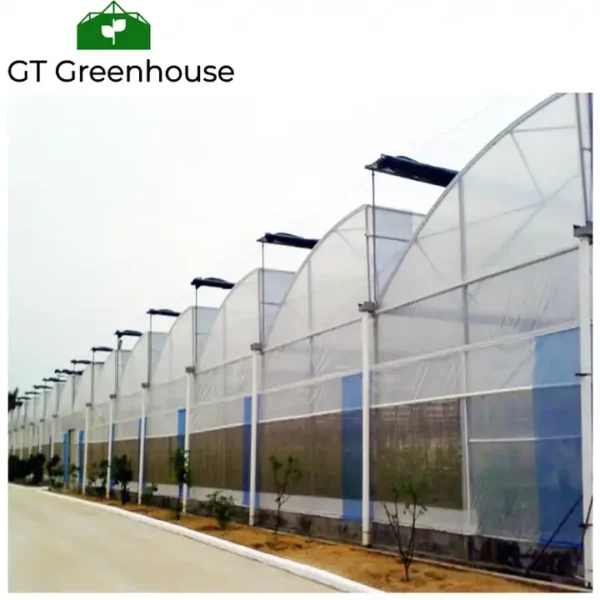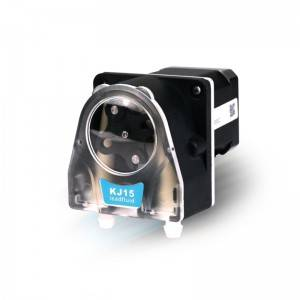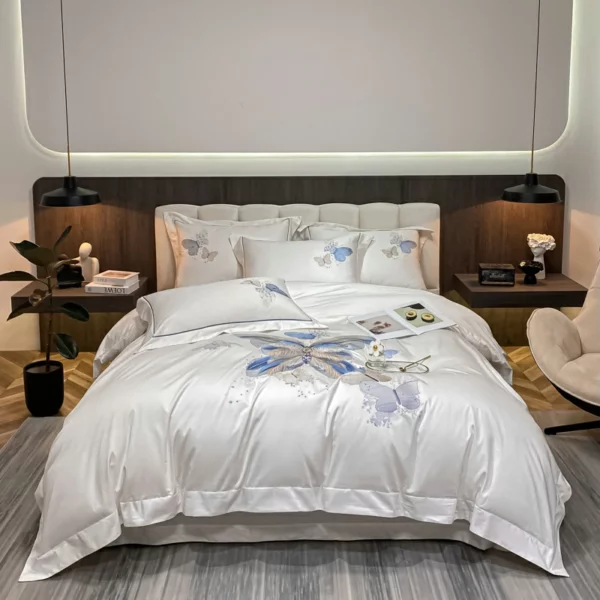The Air Jordan 1 High has successfully maintained its appeal across different generations of sneaker enthusiasts for several reasons, combining elements of design, history, and cultural significance.
Here are key factors contributing to the enduring appeal of the Air Jordan 1 High:
- Historical Significance:
- The Air Jordan 1 High is the inaugural model of Michael Jordan’s signature sneaker line, making it a historically significant and iconic silhouette. The association with Michael Jordan’s early career and the NBA’s “Banned” story contribute to its enduring legacy.
- Timeless Design:
- The design of the Air Jordan 1 High is considered timeless, featuring a sleek and versatile silhouette that easily adapts to various colorways and collaborations. Its simple yet impactful design appeals to a wide range of tastes.
- Crossover Appeal:
- The Air Jordan 1 High seamlessly bridges the gap between sports performance and casual fashion. Its versatility allows wearers to transition from the basketball court to everyday wear, making it a staple in sneaker culture.
- Cultural Impact:
- The Air Jordan 1 High has left an indelible mark on both sports and street culture. It became a symbol of rebellion and self-expression, resonating with diverse audiences beyond the realm of basketball.
- Limited Releases and Exclusivity:
- Limited-edition releases and exclusive collaborations contribute to the allure of the Air Jordan 1 High. The scarcity of certain colorways and models creates a sense of exclusivity and drives high demand among sneaker enthusiasts.
- Color Blocking and Storytelling:
- The Air Jordan 1 High’s distinctive color blocking and storytelling elements in certain releases make each iteration unique and appealing. The storytelling aspect adds depth and personal connection for collectors and fans.
- Collaborations and Partnerships:
- Collaborations with renowned designers, artists, and brands bring fresh perspectives to the Air Jordan 1 High. These collaborations create excitement, draw attention from diverse audiences, and contribute to its ongoing popularity.
- Retro Releases:
- The periodic re-releases of classic colorways, known as retro releases, tap into nostalgia and cater to both longtime enthusiasts and a new generation of sneaker fans. Retro releases allow individuals to own or rediscover iconic models.
- Social Media Influence:
- Social media platforms play a significant role in amplifying the visibility and desirability of the Air Jordan 1 High. Sneaker communities, influencers, and enthusiasts share content, creating a sense of community and fueling interest.
- Athlete Endorsement:
- Michael Jordan’s enduring legacy and continued cultural impact contribute to the Air Jordan 1 High’s appeal. The association with one of the greatest basketball players of all time enhances its status as a collector’s item.
- Cross-Generational Fandom:
- The Air Jordan 1 High’s ability to attract fans across multiple generations is a testament to its transcendent design and cultural influence. Parents who were fans in the ’80s and ’90s often introduce the sneaker to their children, creating a cross-generational fandom.
- Innovation and Technology:
- While maintaining its classic design, newer Air Jordan 1 High releases may incorporate modern technologies, materials, and innovations. This blend of tradition and innovation appeals to a broad audience with varying preferences.
- Community and Events:
- Sneaker events, conventions, and community-driven activities provide platforms for enthusiasts to connect, share their passion, and showcase their Air Jordan 1 High collections. This sense of community fosters continued interest in the sneaker.
The Air Jordan 1 High’s enduring appeal is a result of its ability to evolve with the times while staying true to its roots. Its cultural resonance, design flexibility, and the intersection of sports and lifestyle have solidified its status as an enduring icon in sneaker culture.
How do fashion trends influence the design choices of new Air Jordan 1 High colorways?
Fashion trends play a significant role in influencing the design choices of new Air Jordan 1 High colorways. The design teams at Jordan Brand and collaborating partners often draw inspiration from current fashion trends to create color palettes, materials, and details that resonate with contemporary styles.
Here’s how fashion trends impact the design decisions for new Air Jordan 1 High releases:
- Color Trends:
- Fashion trends heavily influence color choices for sneakers, including the Air Jordan 1 High. Designers consider popular color trends seen in clothing, accessories, and streetwear to ensure that new releases align with current preferences.
- Material Selection:
- The choice of materials for Air Jordan 1 High colorways is influenced by fashion industry trends. Designers may opt for materials commonly used in high-end fashion or experiment with textures and finishes that reflect current fashion aesthetics.
- Collaborations with Designers:
- Collaborations with fashion designers or brands bring their unique design sensibilities to the Air Jordan 1 High. These collaborations often incorporate elements of high fashion, runway trends, and the designer’s signature style into the sneaker’s design.
- Streetwear Influences:
- Streetwear is a significant driver of fashion trends, and the Air Jordan 1 High has deep roots in street culture. Designers take cues from popular streetwear styles, graphic trends, and urban fashion to create colorways that resonate with the streetwear community.
- Retro Aesthetics:
- Fashion trends often cycle through retro aesthetics and nostalgia. Designers may draw inspiration from past fashion eras when creating new Air Jordan 1 High colorways, combining vintage elements with modern design twists.
- Celebrity Style:
- The fashion choices of influential celebrities, especially those with a strong connection to sneaker culture, can impact the design direction of Air Jordan 1 High releases. Celebrity endorsements and collaborations contribute to the alignment of the sneaker with current fashion trends.
- Runway Inspirations:
- Runway shows from major fashion weeks can influence the design of Air Jordan 1 High colorways. Trends seen on fashion runways, such as unique color combinations or avant-garde designs, may find their way into sneaker designs.
- Material Innovation:
- Advances in fashion technology and material innovation can impact the selection of materials for Air Jordan 1 High releases. Designers may incorporate cutting-edge fabrics or manufacturing techniques inspired by the latest developments in the fashion industry.
- Pattern and Print Trends:
- Patterns and prints that are popular in the fashion world often influence the graphic elements of Air Jordan 1 High colorways. Designers may experiment with trendy patterns, such as animal prints or tie-dye, to capture current fashion aesthetics.
- Minimalist vs. Bold Trends:
- Fashion trends may oscillate between minimalist and bold design preferences. Designers consider these shifts when creating Air Jordan 1 High colorways, China AIR JORDAN 1HIGH suppliers offering options that align with both understated and statement-making fashion styles.
- Global Fashion Influences:
- Global fashion trends, influenced by different cultures and regions, can impact the design decisions for Air Jordan 1 High releases. Designers may draw inspiration from diverse fashion landscapes to create culturally resonant colorways.
- Gender-Neutral Designs:
- The trend towards gender-neutral fashion has also influenced the design choices for Air Jordan 1 High releases. Neutral color palettes and versatile designs cater to a broader audience, aligning with evolving fashion inclusivity.
Overall, the intersection of sneaker design and fashion trends is dynamic and responsive to the ever-changing landscape of style preferences. By staying attuned to current fashion movements, the design teams behind the Air Jordan 1 High can create releases that remain relevant and appealing to a diverse audience of sneaker enthusiasts.
